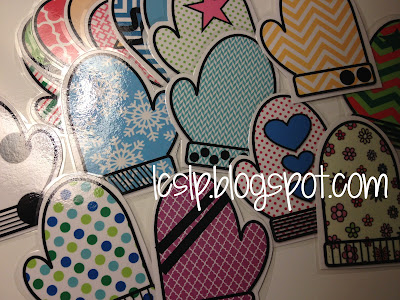As we wrap up the madness of state reporting and parent-teacher conferences (is anyone else ready for a break?), we're also gearing up for a new thematic unit. I'm always excited about starting a new unit; after a few weeks, the old one tends to get, well, old. Plus, we'll be reading
The Three Bears, a personal favorite.
This classic story lends itself really well to sequencing and retell and I specifically target descriptors and comparative adjectives. I love the simple, colorful illustrations in this version, and my preschoolers love the little token of presence that Goldilocks leaves at the foot of Baby Bear's bed.
We're bringing the story to life and working on language objectives (more info about my service delivery model in
this previous post) at Dramatic Play.
On one side of the center, we set up Papa, Mama, and Baby Bear's beds. I painted the headboards onto posterboard and laminated them with visuals for their corresponding occupants and opposites. Papa Bear's "too hard" bed is without padding, while Mama Bear's "too soft" one is cushioned with a pillow, wrapped and covered in blankets.
Preschoolers assume the character roles, designated by these no-eye-coverage-required masks that one of my teammates made by hot gluing laminated pictures of the three bears (similar
here and
here) onto
foam visors. Goldilocks is a headband covered in yellow felt and adorned with yellow yarn braids. We also included a blazer and tie for Papa Bear, an apron for Mama, baseball cap for Baby, and dress for Goldilocks.
Our little "cottage" has a full kitchen stocked with dishes, empty miniature cereal boxes (identifying environmental print), milk, and oatmeal ("porridge") containers. I used Boardmaker visuals to label the porridge bowls, chairs, beds, and bins for clean-up.
I believe that repetition and experience impart saliency for little ones; using a story to segue into assuming roles and modifying play ideas leads to lots of interaction and expanded language, particularly for children demonstrating difficulties with abstract play or those with limited vocabulary and verbal delays. Books can be acted out in play across environments. How do you make literacy experiential? What are your "Goldilocks and the Three Bears" favorites?








.JPG)


